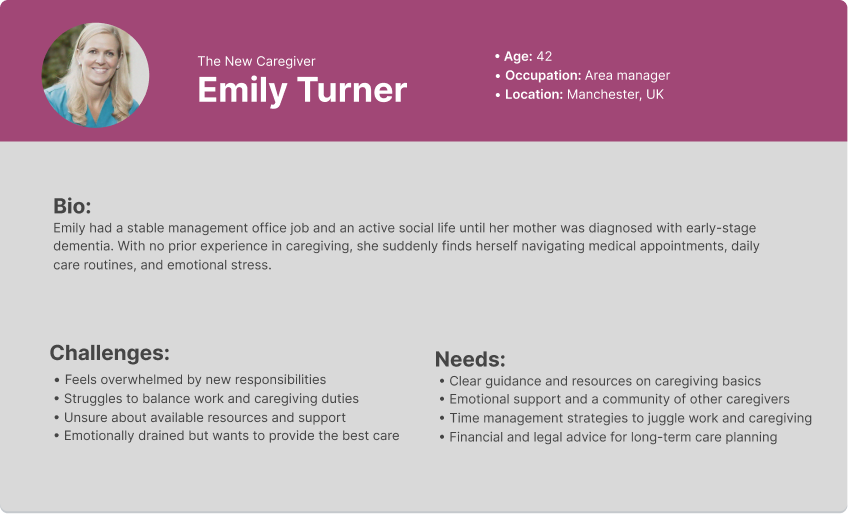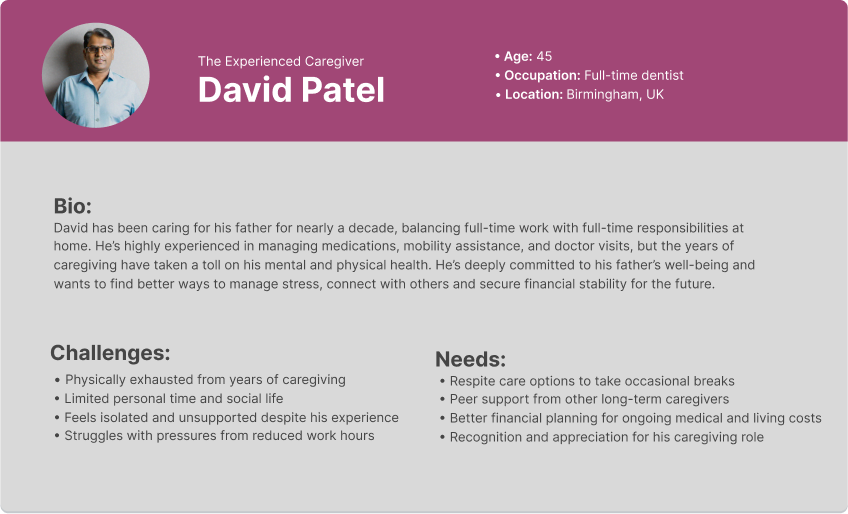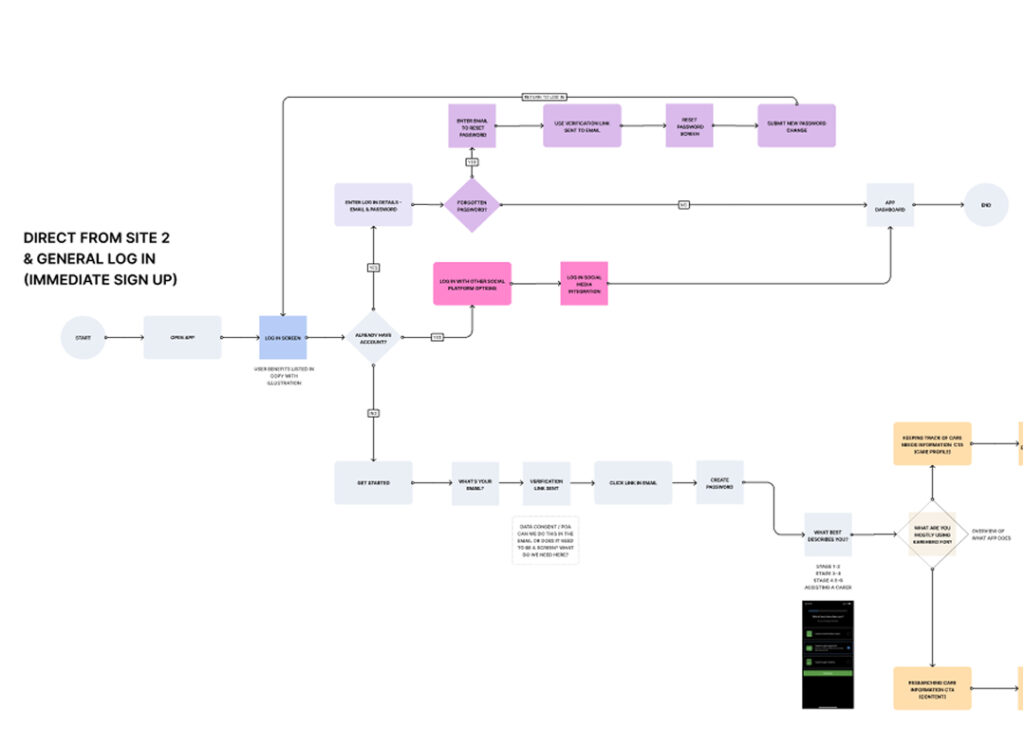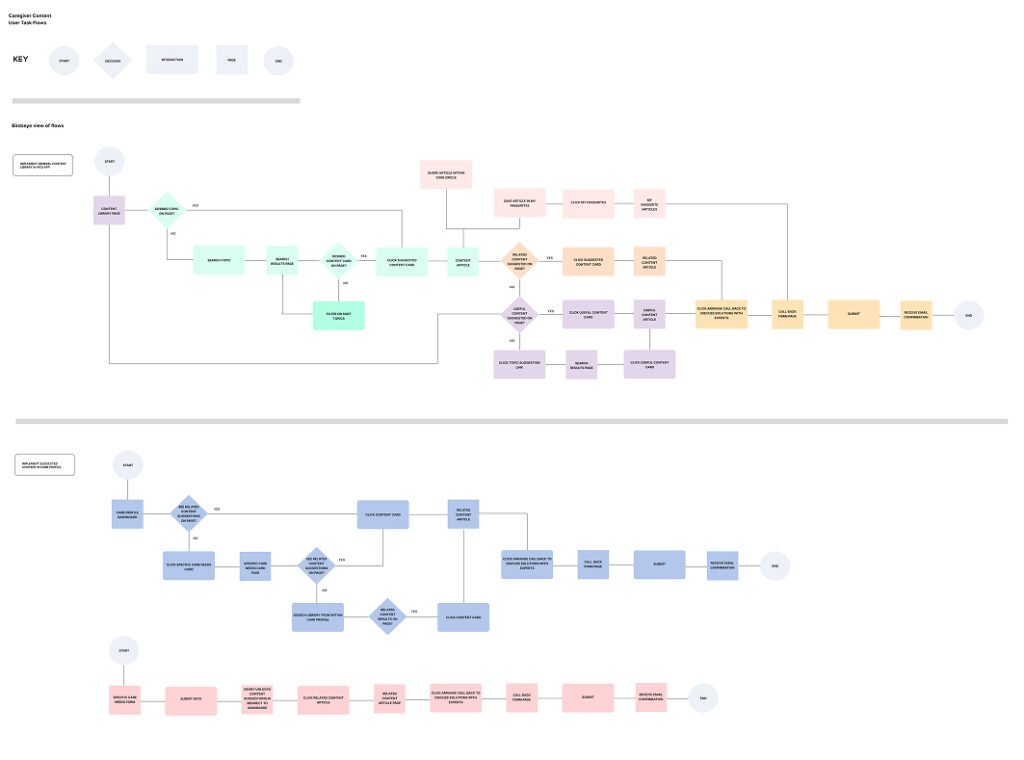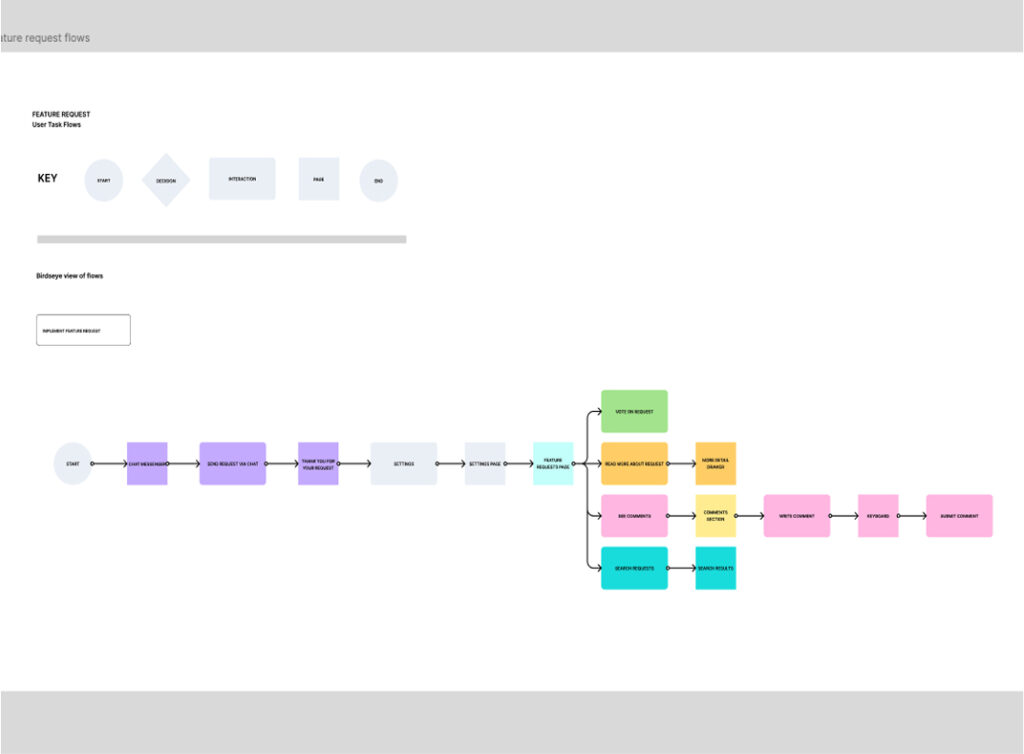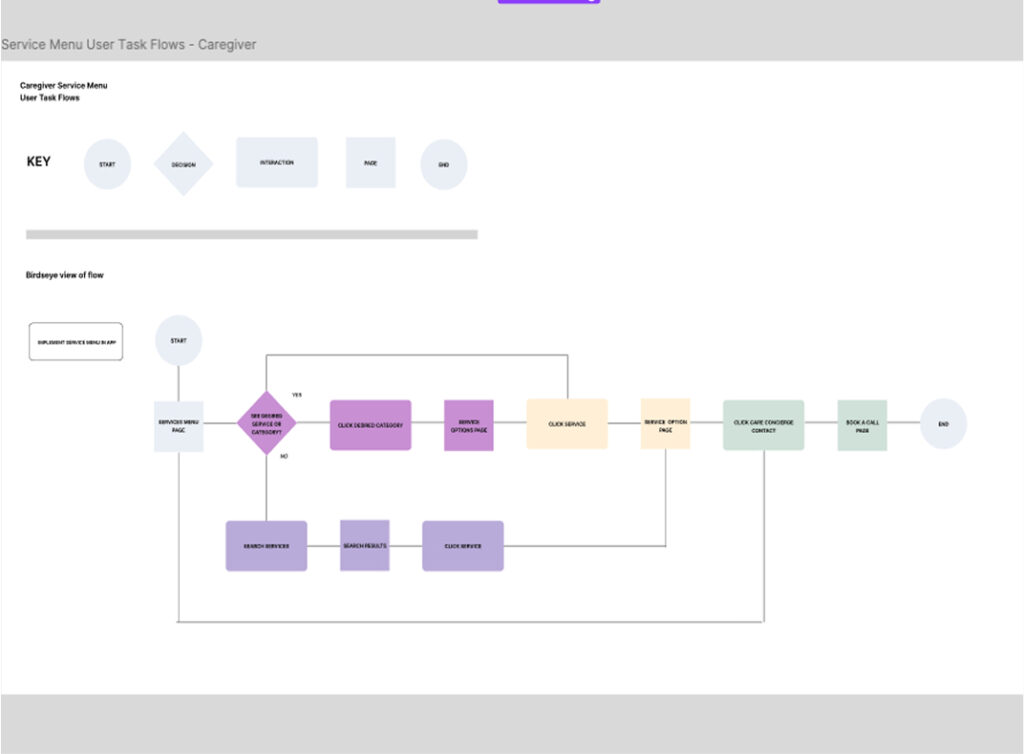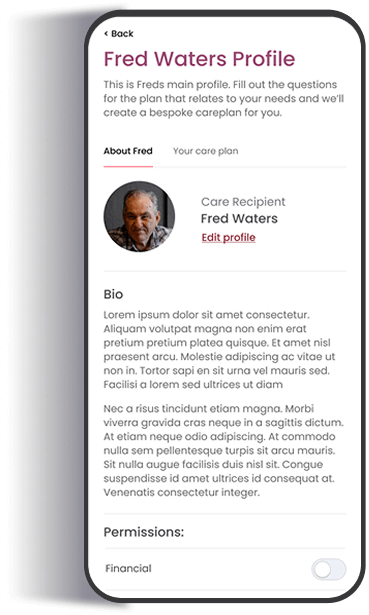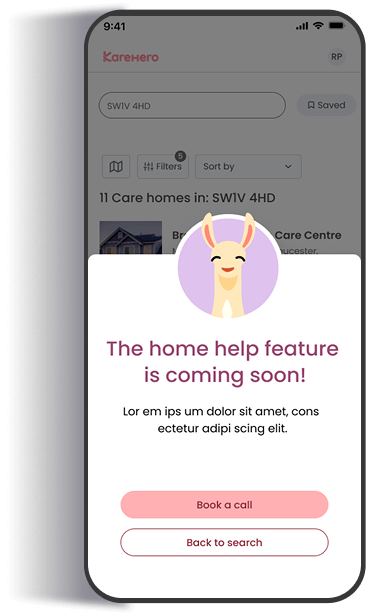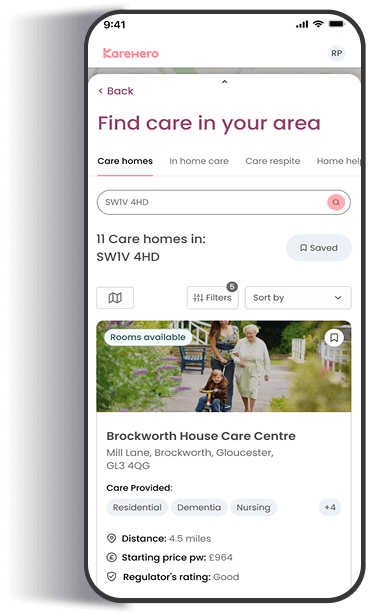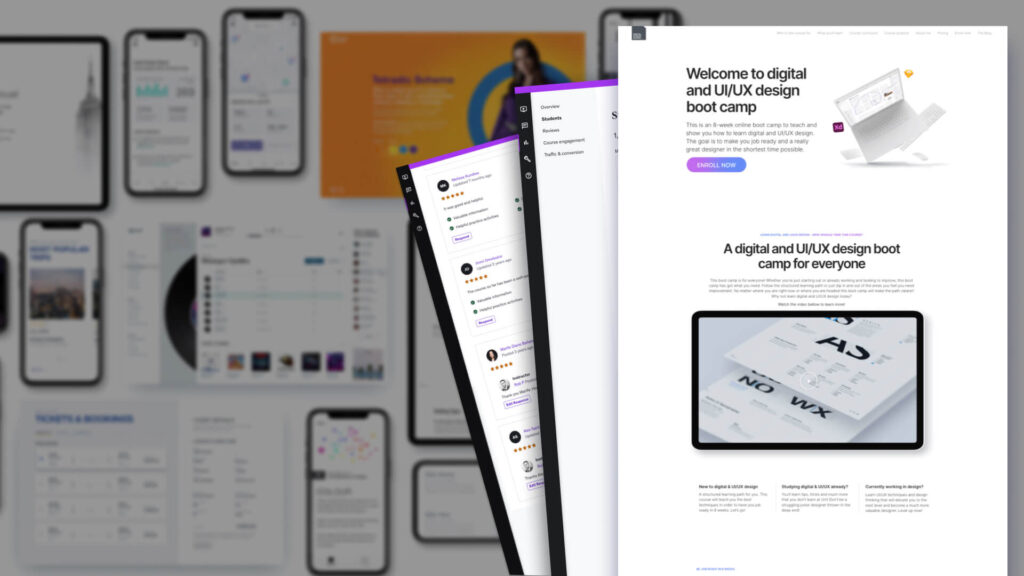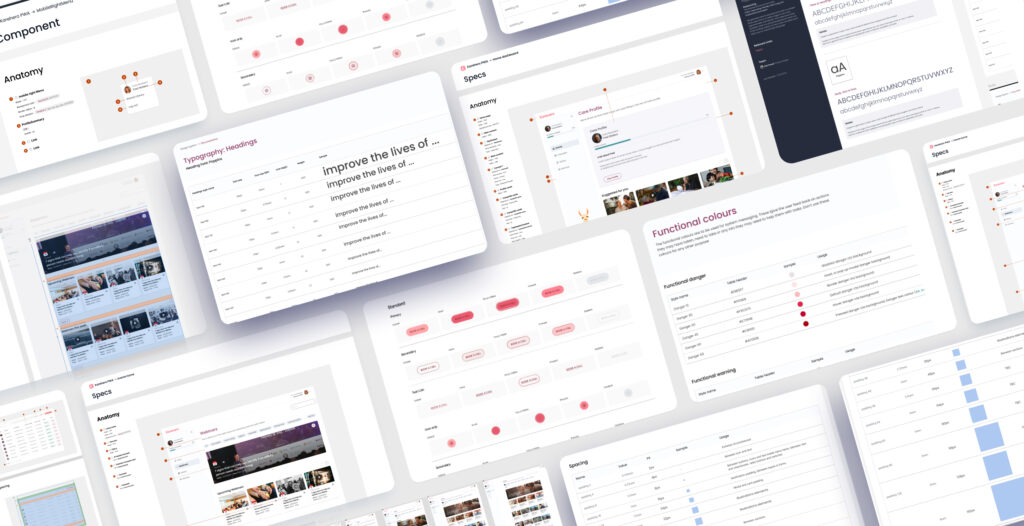Project
KareHero
Practical support for employees and families on their care journey. funding, delivering care expertise - impactful support where it’s needed most. A progressive web app for care
KareHero Progressive Web App
Role
UX/UI designer
Team
UX/UI designer & User researcher
About the project
Finding care for full time employees is hard
Balancing family, full time care and a full time job is extremely difficult and taxing for all parties involved. The amount of bureaucracy, form filling and sheer volume of information is overwhelming
The Problem
Navigating the care system is really confusing
The UK care system is really complex and very unorganised. Finding out how to get the right care, the available benefits and correct information is a very difficult task, especially for stressed family carers.
The Challenge
Simplifying the whole journey
The amount of forms and bureaucracy to deal with makes knowing even where to start a problem. How might we simplify the whole process so someone under the stress of caring for a loved one while balancing work and family life easier?
The Solution
An Expert in your pocket
An app with all the answers and all the help you need tailored to your specific circumstances. Giving you peace of mind in the most stressful of times, and all That with the touch of only a few buttons.
Discover
Defining our Users
Who will use this app and what problems do they have? By identifying the unique needs, objectives, and challenges of different user types—such as new caregivers, veteran carers and End stage careers—we can create a more intuitive experience, deliver tailored tools and support better decision-making. We spoke to a range of different carers from different walks of life and different stages of the care journey and came up with 5 main personas. Here are a few.
Define
Problems identified
Using insights gathered from initial research and interview conducted the following problems identified (among others)
01
No idea where to start
When a loved one needs care it’s hard to know where to start. Finding out about funding, health appointments, medical help, home help and so much more is a mammoth task and there is not a lot of real help or guidance around
02
Complicated forms and procedures
Carers have a mountain of forms that need to be filled in. most of these ask questions that are very difficult to know or even understand. on top of that a lot of the time they need to be filled in multiple times for multiple departments.
03
Difficult balancing family, caring and work
Trying to look after a sick loved one while balancing family life and duties is hard enough, but add a full time job into the mix and where do you find the extra hours!
Define
User stories, flows and maps
Using the pain-points and user needs collected from user and stake holder interviews I ran a series of workshops using How Might We and brainstorming sessions to come up with various possible solutions to address the issues uncovered. The goal being to ideate quickly, align business objectives with user needs and agree on which direction to move forward with.. Once a direction was chosed I worked on some different user stories and some user flows to present to stake holders and the dev team to make sure the ideas were viable.
Define
Conceptualization
Building on the user flows I developed earlier, I created low-fidelity wireframes to outline the different journeys. I then designed multiple prototypes to facilitate rapid internal and external testing.
The image below illustrates an onboarding flow where users are guided to personalised care options at the end of the process. By utilising Figma variables, I streamlined the build process, reducing development time by half while enhancing the prototype’s realism and interactivity
A personalised experience tailored to the users individual situation using simple questions and AI helpers
The users signs up and goes through a very simple onboarding questionnaire. Using the provided answers to these core question they land on a tailored dashboard that gives them only the relevant information, resources and steps needed to navigated their current stage and situation. This reduces the amount of ambiguity surrounding family care and also provided peace of mind.
Project Solution
Deliver
Features
Personalised Care plan
The user onboards with 9 simple questions. Once answered the user will land on their dashboard with a customised care-plan with only the relevant help, resources and steps needed to help their situation
01
Care circle
The user can create a care circle and assign different members tasks and other useful things to alleviate some of the heavy burden of family caring
02
Personalised library
A library of resources and educational content tailored to the users specific needs is available at the tap of a button
03
AI expert in your pocket
An AI helper that will prompt and remind you for your care tasks, is available for any of your care related questions and is also there to help remind you to take care of your own health too!
04
Deliver
Hi fidelity designs
Using the results from the testing with quick lo-fi designs, I iterated and updated the designs and created a series of hi fidelity designs. These again were used for testing with our user panel.
Deliver
Usability testing
I tested the product at various stages of the project.
Lo-fi prototypes were tested with the stakeholders regularly to get feedback on the functionality, content, and interactivity of the product.
Unmoderated User testing – A few dummy groups were created for our users to use the app. All participants were using the app to carry out hypothetical tasks.
Moderated Testing – Before releasing the app, we tested it with our testing group gain deeper understanding.
Deliver
Design system
I created an in-depth design system using atomic design principles. With the development team we connected it all up to Story book. This was fantastic as by doing this, i would design, devs would build – then when ready I could sign off on the build and this way everything was kept consistent and build mirrored design.
View design systemcase study
Project takeaways
Final notes
Branding
This was a challenging project in the sense that when I started a lot of the brand styles had already been decided. Trying to make sure assets where accessible and argue cases to change certain brand styles to achieve this became a big part of this job
Final thoughts
This project demonstrates the power of user-centered design in addressing complex challenges within the family care sector. Being adaptable enough to bend to the dynamic nature of startup environments further highlights the importance of flexibility and rapid iteration for delivering effective solutions.
